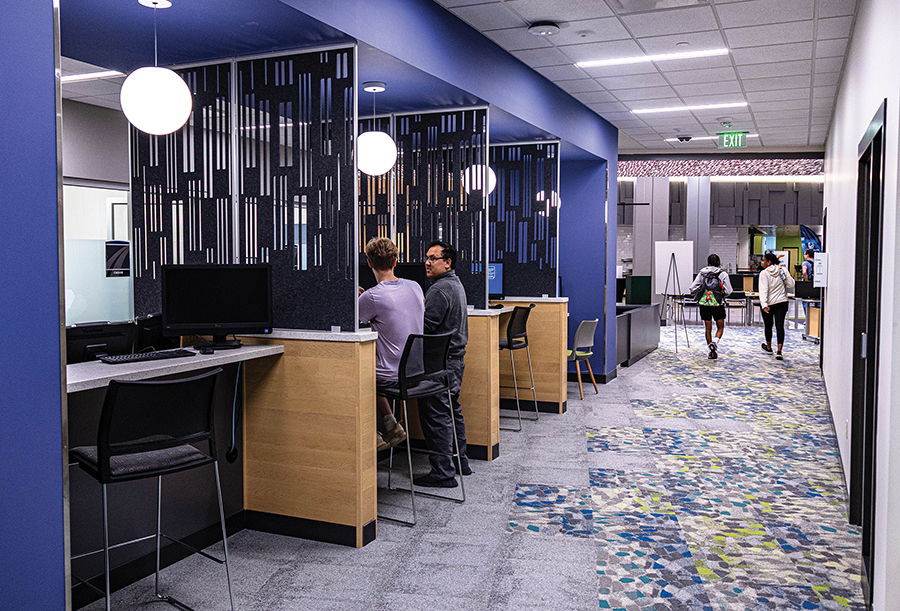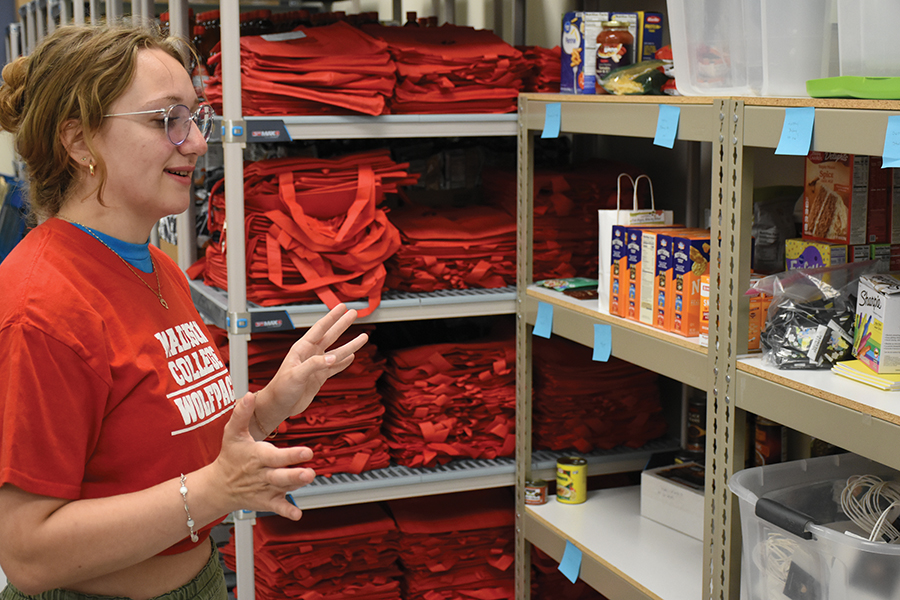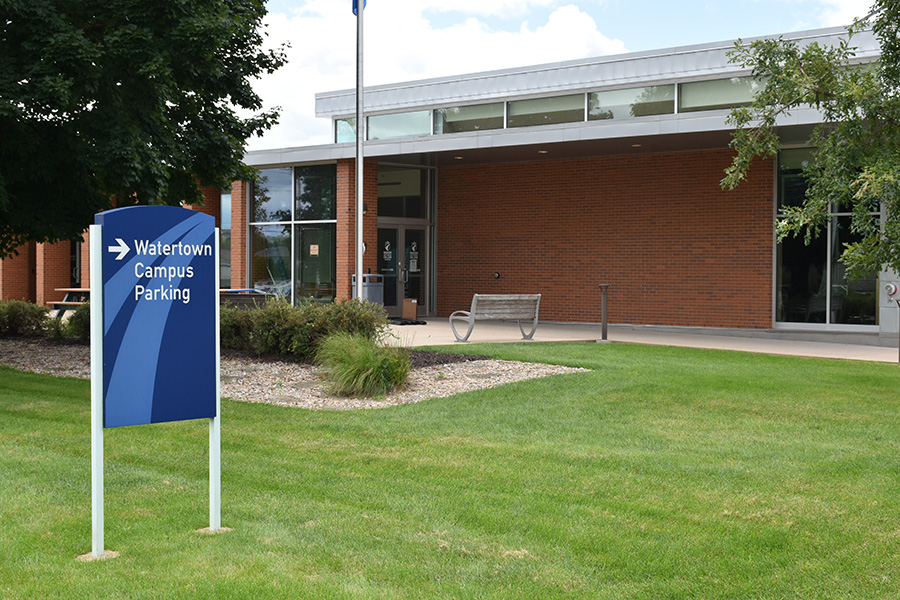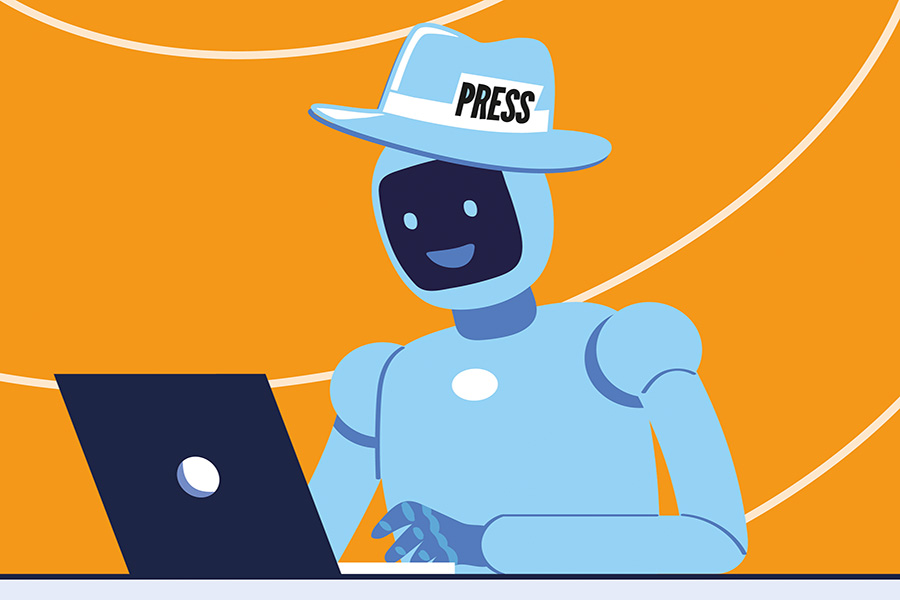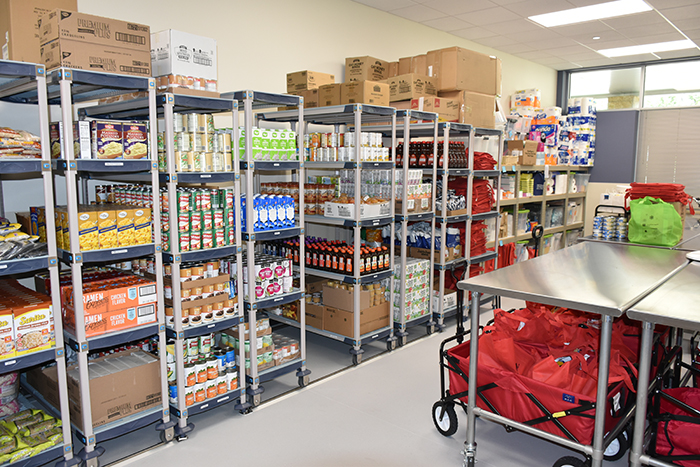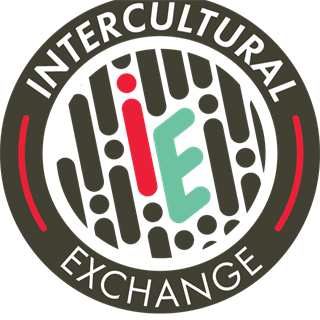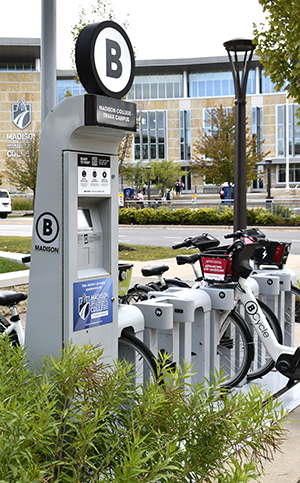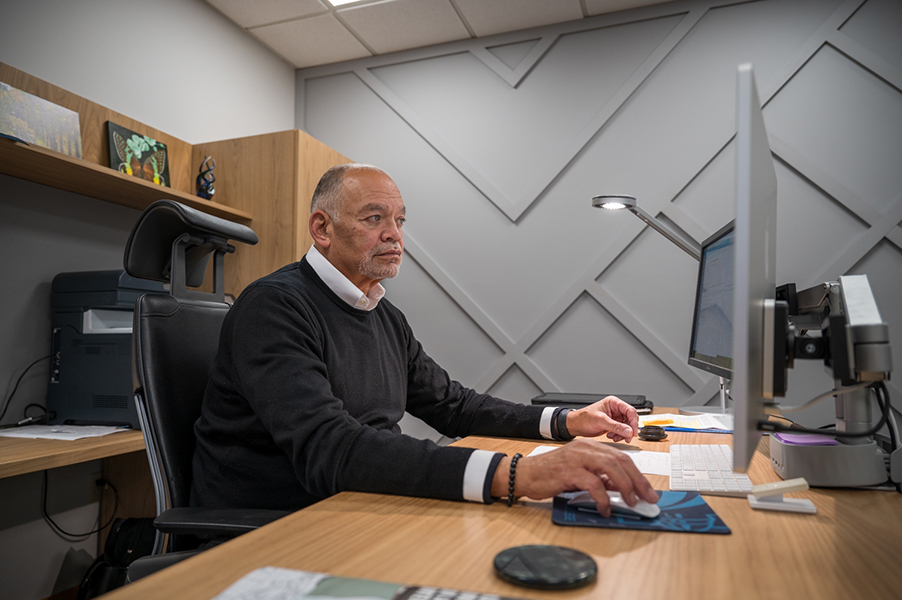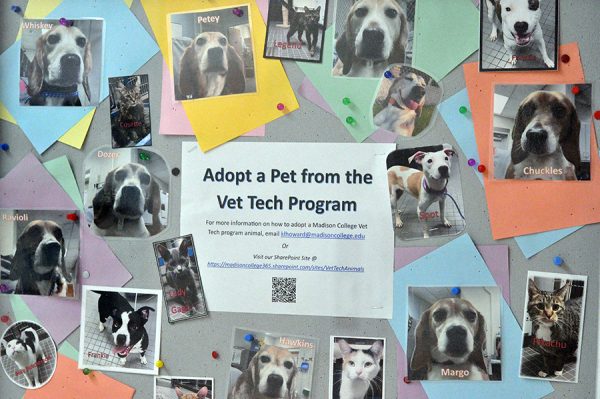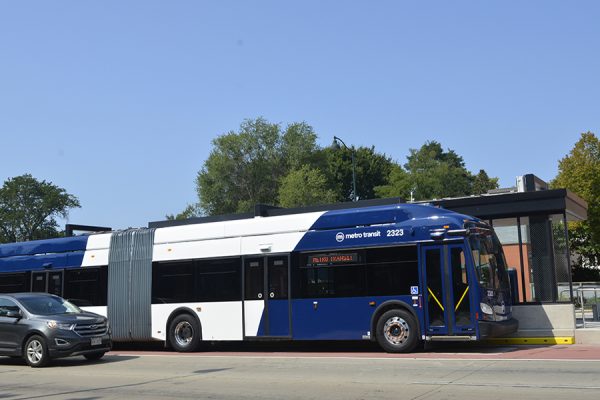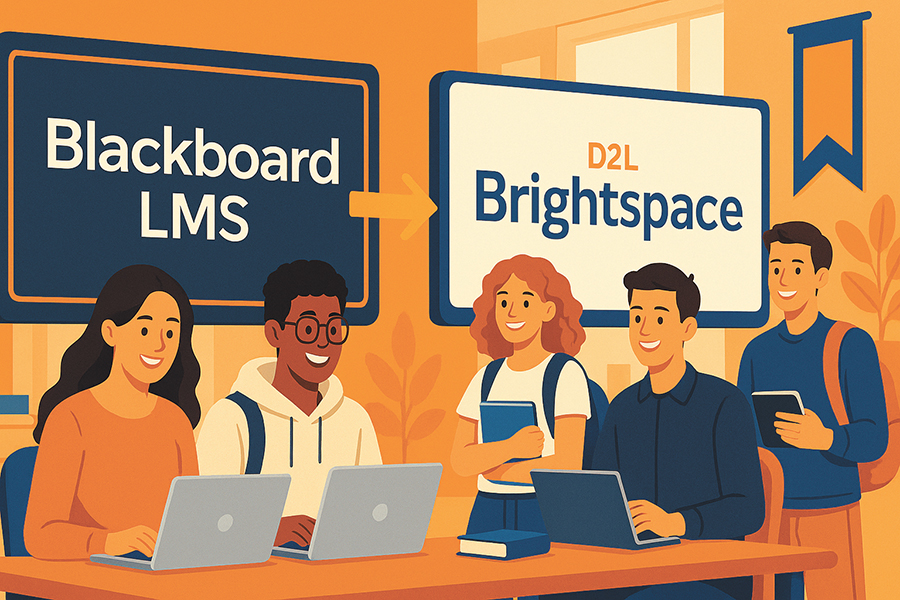In 2025, it’s no surprise that the modern classroom extends far beyond physical walls. Learning management systems (LMS) have evolved from optional digital supplements to essential educational infrastructure, transforming how we access course materials, submit assignments, engage with instructors and track academic progress. These platforms now serve as the digital backbone of our college experience, blending convenience with pedagogical innovation.
The value of robust LMS platforms became undeniably clear during the COVID-19 pandemic. As our college pivoted to remote learning almost overnight, Anthology’s Blackboard – which had served our campus community for years – transformed from a supplementary tool into our primary educational environment. What many once viewed as merely a convenient repository for syllabi and readings suddenly became our classroom, discussion forum, testing center and lifeline to academic continuity.
Technology Driving Educational Innovation
This rapid digital transformation reflects broader technological currents reshaping higher education. Cloud computing has enabled institutions to scale resources dynamically, accommodating surges in usage without the system crashes that once plagued finals week. Mobile-responsive designs ensure students can check deadlines or submit work from anywhere, while sophisticated analytics provide unprecedented insights into engagement patterns, allowing for more personalized interventions. The impact of well-implemented LMS platforms is quantifiable and significant. Recent educational technology studies reveal institutions leveraging advanced LMS capabilities have experienced up to 25% improvements in assignment completion rates and 18% increases in student retention.
Brightspace: The Next Generation LMS
Technology continues to evolve, and so must our digital learning environment. As Valentina Ahedo, Interim Vice President of Student Affairs, announced in her January communication, “After gathering input from stakeholders, including students, college leadership approved the move from Blackboard to Brightspace, a system designed to enhance your learning experience.” This transition represents a strategic investment in our educational infrastructure rather than merely switching software platforms.
D2L’s Brightspace brings a fundamentally different approach to the virtual classroom. While Blackboard established important foundations for digital learning, Brightspace reimagines the experience with an architecture built for contemporary educational challenges. Its adaptive learning pathways adjust content based on individual progress, while its intuitive interface reduces the cognitive load that sometimes accompanies digital learning environments – meaning less time navigating complicated menus and more time engaging with course material.
A Thoughtful Timeline
The implementation timeline, as outlined in the EVP’s message, demonstrates a methodical approach: a pilot program during spring 2025, full deployment for summer 2025 courses and college-wide implementation by fall 2025. This phased rollout reflects our institution’s commitment to ensuring a smooth transition that prioritizes educational continuity over technological expediency.
What distinguishes Brightspace in the increasingly competitive LMS marketplace is its emphasis on personalization and engagement. The platform’s intelligent agents can identify students who might benefit from additional support before they fall behind, while robust assessment tools provide instructors with deeper insights into learning patterns. According to the Brightspace communications, the system offers digital badges that “recognize student achievements, motivate engagement, and showcase skill mastery” – creating tangible credentials that enhance portfolios and professional profiles.
Enhanced Tools for Learning
For faculty, the transition brings valuable new capabilities, including Madison College branded templates for course content and interactive elements like flip cards and click-to-reveal items. As Criminal Justice Instructor Brian Landers noted in the Brightspace update, the comprehensive training “allows faculty to start launching their courses with confidence” – a critical factor in any technological transition.
The efficiency improvements are equally compelling. Features like automatic spell-check, customizable file submission settings and the consolidated Quick Eval tool streamline administrative tasks, allowing instructors to focus more on teaching than managing technology. When our professors spend less time wrestling with technical constraints, both they and their students benefit.
Supporting the Campus Community
As with any significant technological shift, this transition naturally raises questions about adaptation and support. Wisely, our college has created a dedicated Brightspace LMS student site with FAQs, timeline information, and training resources. The Student Technology Help Desk stands ready to assist throughout this process, ensuring that technical challenges don’t impede learning.
This evolution in our digital learning infrastructure mirrors broader trends in educational technology – a movement toward systems that don’t merely manage learning but actively enhance it through intelligence, personalization and engagement (“gamification”). As we prepare for this transition, the focus remains not on the technology itself, but on how it serves our fundamental educational mission: creating more effective, accessible, and enriching learning experiences for every student at Madison College.


